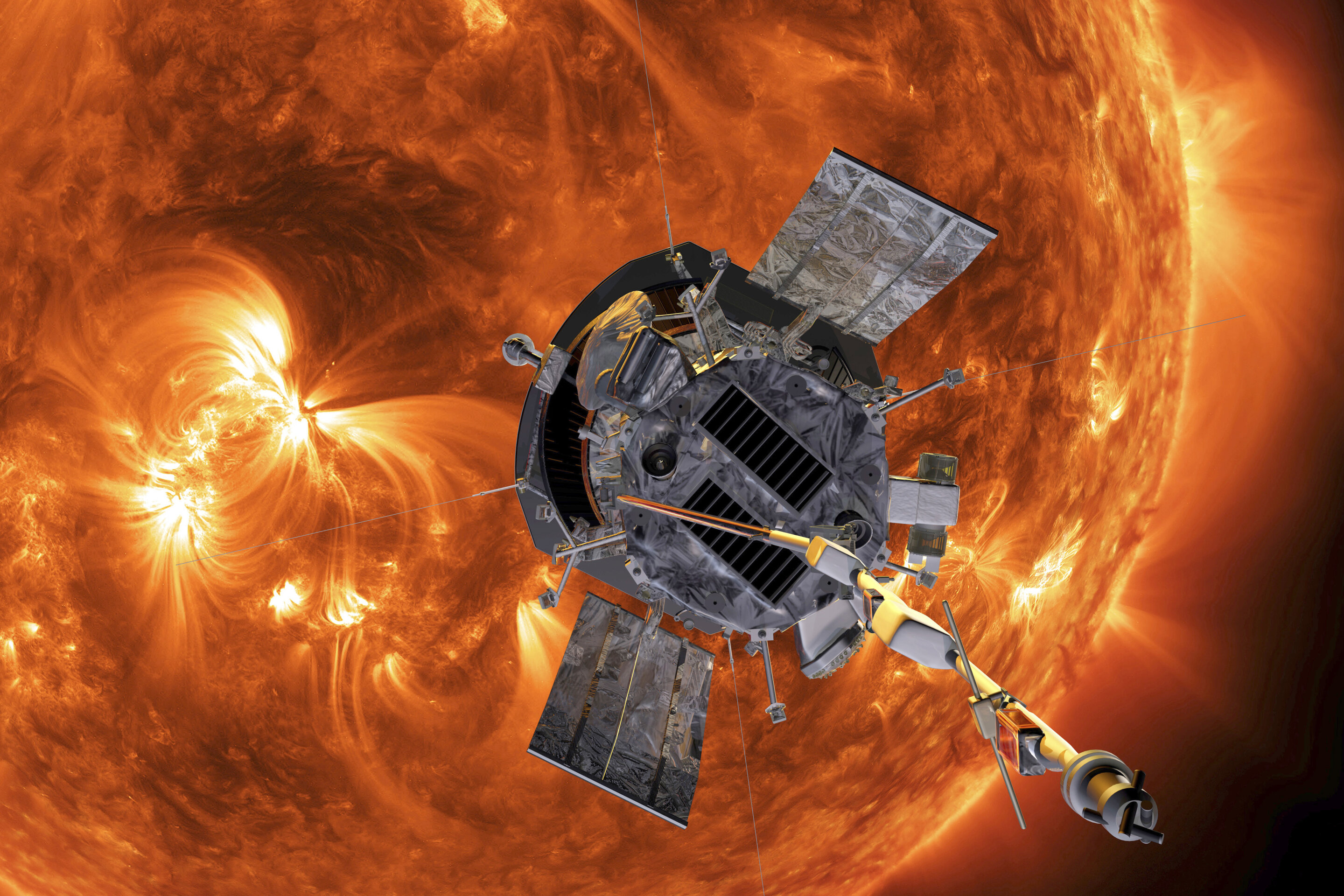NASA craft touches the sun for the first time and dives into the atmosphere
Plunging into the SUn three times and revealing important details of the environment.

A NASA spacecraft touched the surface of the Sun and plunged through the unexplored solar atmosphere known as the corona.
On Tuesday during a meeting of the American Geophysical Union, scientists announced the news. The Parker Solar Probe flew through the corona in April during the spacecraft’s eighth close approach to the Sun. Scientists said that it took months to collect and confirm the data.
Scientist Nour Raouafi of John Hopkins University called this discovery “fascinatingly exciting”.
Parker was launched in 2018 and was 13 million kilometers from the center of the Sun when it first crossed the uneven boundary between the solar atmosphere and outgoing solar wind. The spacecraft dipped in and out of the corona at least three times and each transition was smooth.
Justin Kasper from the University of Michigan told,
“The first and most dramatic time we were below for about five hours. Now, you might think five hours, that does not sound big.”
But the Parker was moving so fast it covered a vast distance that time, tearing along at more than 100 kilometers per second.
According to Raouafi, the corona appeared dustier than expected. Future coronal excursions will help scientists better understand the origin of the solar wind, how it is heated, and accelerated into outer space. Because the Sun lacks a solid surface, the corona is where is the action is. Exploring this magnetically intense region up close can help scientists better understand outbursts that can interfere with life on Earth.
Preliminary data suggest Parker also dipped into the corona during its ninth close approach in August, but scientists said more analyses are needed. It made its 10th close approach last month.
Parker will keep drawing ever close to the Sun and diving deeper into the corona until its final orbit in 2025.








